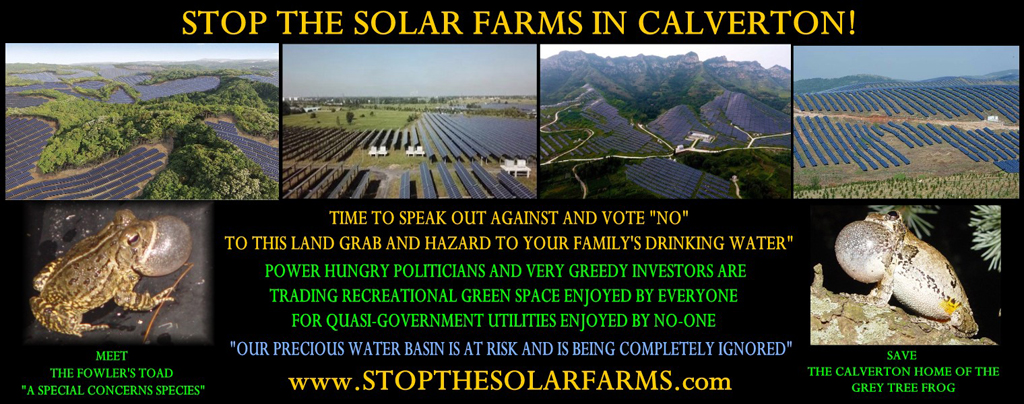The proposed 32.5 MW solar farm set to serve Georgetown University in Charles County, Maryland has been denied over issues regarding the environmental impact of the project, in a case that would make the Lorax quite happy. The project has, since its inception taken heat for the proposed location requiring the clear-cutting of 240 acres of woodland, something that environmentalists argue is an unnecessary tradeoff and one that does more harm than good.
When push came to shove and decisions had to be made, it was not the clear cutting found to be problematic. In the denial decision, it was a wetlands and waterways application that caused the project’s demise, as Maryland Environment Secretary Ben Grumbles determined the project did not satisfy water quality-related conditions set forth by state regulators. Issues over the interaction of solar farms and wetlands/waterways have existed long before this project, however the circumstances for this denial are different in nature.
Usually when projects are denied over wetland issues, it’s because regulators or other decision makers are uneasy with the chemicals located within project components, such as the cadmium telluride found in thin-film solar. They fear these chemicals will leak or be released in some way, contaminating the water supply, which is unlikely and a concern that has been amply dealt with by First Solar’s dedicated module tracking and recycling system. However this denial was different, made on the basis that the clear-cutting of 250 acres of trees on a peninsula would be problematic to the natural filtration that the forest provides to the surrounding waterways.
It’s worth note that the denials were for two separate tracts of land, yet the reasoning for denial was the same across both locations. The second denial was for a project also to be developed by Orgis Energy, but not to be used by Georgetown University. That project would have supplied electricity to the Southern Maryland Electric Cooperative.
Georgetown is now left in a precarious position in regards to the university’s goal of using 50% renewable energy by 2020, as the project was anticipated to provide half of the electrical need of the university’s main campus.
The issue of environmental balance between solar development and preservation of land is one being fought all over the country, and is not the first such conflict Maryland. What is new, however is the type of land in question, as previous Maryland projects were faced with environmental scrutiny over proposed locations on prime agricultural land.
In the wake of the decision, opponents of the project offered location solutions like parking lots, rooftops and brownfields, yet the scale of the project would likely require a number of sites to be used to reach the equivalent capacity.

